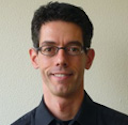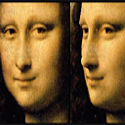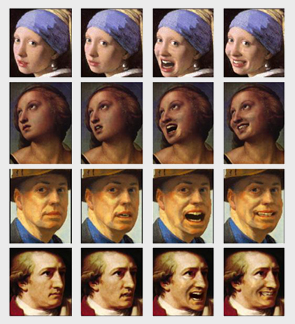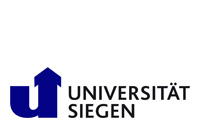
News
You are here
Medieninformatik

By learning common properties of object classes from datasets of examples, the sites/projects explore how class-specific information can help to solve problems in image synthesis (Computer Graphics), image analysis (Computer Vision) and 3D shape processing. The work is based on a vector space representation of 3D shapes (Morphable Model). In graphics, learning from examples is becoming more and more relevant as the development of new rendering technology supports the creation of increasingly complex virtual scenes. In Computer Vision, learning-based methods provide general-purpose solutions, yet still adapt to the empirical properties and intrinsic structures of the problem during training.
Medieninformatik

Prof. Dr. Volker Blanz
Email: blanz@informatik.uni-siegen.de
Webseite: http://mi.informatik.uni-siegen.de
3D Shape Reconstruction and Manipulation

Face Animation

Based on a dataset of 3D scans of different facial expressions and mouth shapes, we have formed a vector space of 3D expressions. Difference vectors, such as the smile-vector shown above, can be added to new individual faces. Unlike physical models, we observe the appearance of expressions, rather than simulating the muscle forces and tissue properties that cause the surface deformations.

